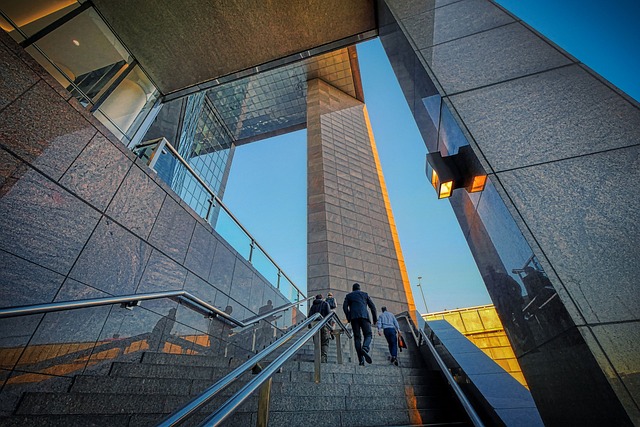Large properties present unique challenges when it comes to fencing, demanding durable, cost-efficient solutions that can encompass extensive lengths. This article guides homeowners through the process of selecting ideal fencing systems tailored to their expansive lands. We explore budget-friendly materials and innovative designs, offering practical installation advice to ensure longevity. Additionally, we delve into maintenance strategies that promote long-term savings, empowering readers to make informed decisions for their large property fencing needs.
- Understanding Large Property Fencing Needs
- Cost-Effective Materials and Designs
- Installation Tips for Longevity and Efficiency
- Maintenance Strategies for Savings Over Time
Understanding Large Property Fencing Needs
Large properties present unique fencing challenges due to their extensive perimeters and diverse landscapes. Each area within the property may require a different type of fence, from rugged, durable barriers for livestock containment to aesthetically pleasing, low-maintenance options for garden borders. The size and varied terrain demand versatile solutions that can adapt to both practical needs and the overall aesthetic vision of the property owner.
Understanding these diverse requirements is key to selecting suitable fencing materials and designs. Cost-effective strategies often involve combining traditional and modern materials, such as wooden posts with vinyl or chain link fences, to create a functional, long-lasting barrier that aligns with the property’s unique character and budget constraints.
Cost-Effective Materials and Designs
When it comes to fencing large properties, cost-effectiveness is a key consideration for many homeowners. Fortunately, there are numerous materials and designs available that offer both affordability and durability. One popular option is vinyl fencing, which is not only low-maintenance but also highly resistant to rot, rust, and peeling. Vinyl fences come in various styles, from traditional picket fences to more modern, sleek designs, ensuring you can find a suitable option for your property’s aesthetic.
Another cost-effective material worth considering is wood, particularly treated options like cedar or pressure-treated pine. These materials offer excellent value for money and can last for many years with proper care. Simple designs like post-and-rail fences or board-on-board styles are both functional and affordable, providing privacy and security without breaking the bank. Additionally, these materials can be customized to fit your property’s unique features and preferences, allowing you to create a personalized fence that aligns with your budget and style.
Installation Tips for Longevity and Efficiency
When installing fencing for large properties, focus on a few key tips to ensure longevity and efficiency. First, plan your layout carefully, considering both aesthetic preferences and practical needs like access points and line-of-sight requirements. Proper planning can help you choose the most suitable fence type and design, reducing future maintenance needs.
Second, invest in high-quality materials that are durable and weather-resistant, especially for exterior fencing. Ensure all posts are securely anchored to withstand environmental factors. Regular inspection and maintenance, such as tightening connections and replacing damaged sections promptly, will also contribute to the fence’s longevity and overall efficiency.
Maintenance Strategies for Savings Over Time
Regular maintenance is key to preserving the longevity and effectiveness of any fencing system, especially for large properties where the initial investment can be substantial. A simple yet effective strategy involves periodic cleaning to prevent the buildup of dirt, debris, and plant growth. This can be done with basic tools like a pressure washer or broom, ensuring that the fence remains visible and free from obstructions.
Additionally, inspecting the fence for any signs of damage, rot, or corrosion is vital. Repairs should be addressed promptly to avoid further deterioration. For expansive properties, implementing a preventive maintenance schedule can save considerable costs in the long run, ensuring the fence remains robust and secure while maintaining its aesthetic appeal.
